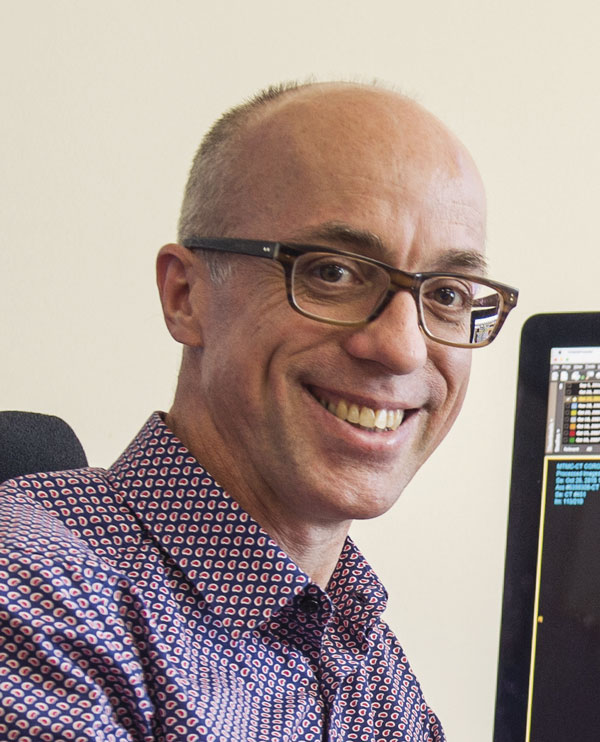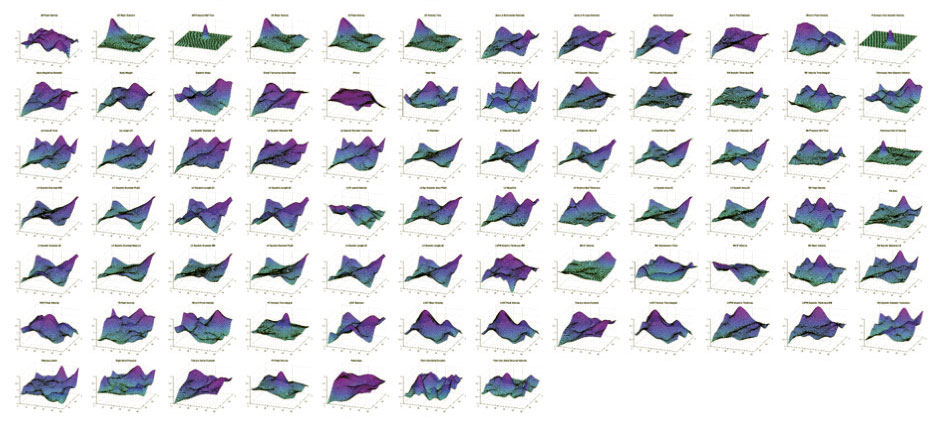 Will doctors be replaced by artificial intelligence (AI)? The answer is a resounding, NO! However, doctors not using AI may be replaced by those who do.
Will doctors be replaced by artificial intelligence (AI)? The answer is a resounding, NO! However, doctors not using AI may be replaced by those who do.

AI means a machine with human-like intelligence. Machine learning is one form of AI, which (after training) enables the software to make simple predictions based on associations it identifies within complex data. It does not rely on simple equations.
A person instantly recognises a cat, dog, or horse. For a computer to recognise different animals, it requires computer training or recognition system. It could create a formula based on identifying two ears, two eyes, a nose, a mouth and some whiskers, which will reliably identify all three as being the same animal.
In contrast, machine learning is analogous to training a small child. The software is shown many images of a cat (labelled ‘cat’), ‘dog’ and ‘horse’. The software performs its own feature recognition (using an ‘artificial neural network’) identifying aspects unique to each known label. More advanced feature recognition systems can classify unlabelled data first, simplifying the AI training process.
Machine learning does not involve the system being directed which features to identify. The software identifies these for itself. Exactly how and which features are used, is not revealed (‘black box’). This is similar to human learning.

We need AI
Strategically applied, AI is ideally suited to organising the large amounts of seemingly disparate data generated from medical testing. We cannot do this ourselves. Relative to a computer, humans have poor memory, poor mathematical skills, innate bias, poor recall accuracy and poor capacity to analyse big data in a multidimensional space. Humans can see in three dimensions and only imagine a multidimensional space.

AI can work in as many dimensions as it is given. Humans are superior to computers in other areas (e.g. capacity for abstract thought, consciousness, empathy). It makes sense, therefore, that the best application of AI to medicine should to extend our capacity, not compete with it.
AI has been applied around image recognition and analysis of big data. Our research in cardiology has focused on analysis of big data and automation of the process of diagnosis, to improve efficiency, accuracy, and consistency. Our AI system for automated diagnosis of arrhythmias (e.g. AF) is just reaching human-level accuracy but with greater consistency and speed.
Our automated system for interpretation of echocardiographic data has impressive accuracy in automatic diagnosis of aortic stenosis, including the phenotype of abnormalities associated with AS and future mortality.
In this emerging area we need to be ready and willing to embrace AI, train it to perform complementary tasks, and then in turn, learn from what the AI can teach us. Then we can truly be synergistic with this exciting technology.
Key messages
- AI and big data are here
- Well-used AI can enhance medical practice
- Doctors will need to embrace and manage AI
References available on request.
Questions? Contact the editor.
Author competing interests: Prof Playford is Medical Director of Alerte Digital Health, a medical AI company. He is investigator of the national Echo Database Australia.
Disclaimer: Please note, this website is not a substitute for independent professional advice. Nothing contained in this website is intended to be used as medical advice and it is not intended to be used to diagnose, treat, cure or prevent any disease, nor should it be used for therapeutic purposes or as a substitute for your own health professional’s advice. Opinions expressed at this website do not necessarily reflect those of Medical Forum magazine. Medical Forum makes no warranties about any of the content of this website, nor any representations or undertakings about any content of any other website referred to, or accessible, through this website.

